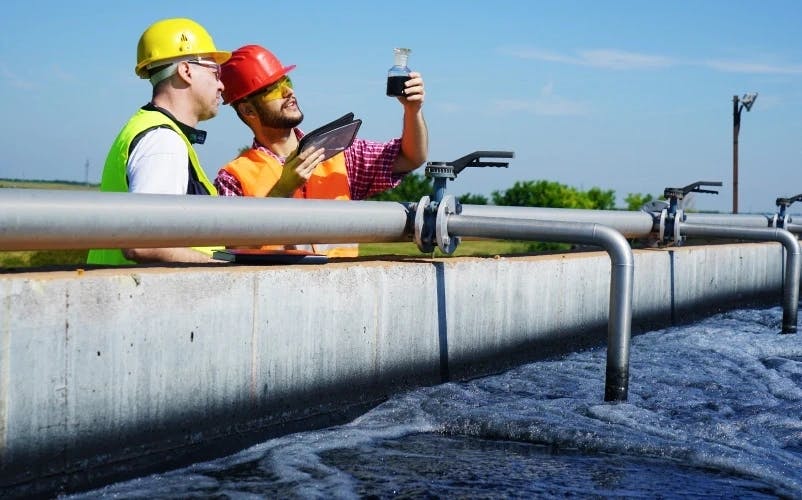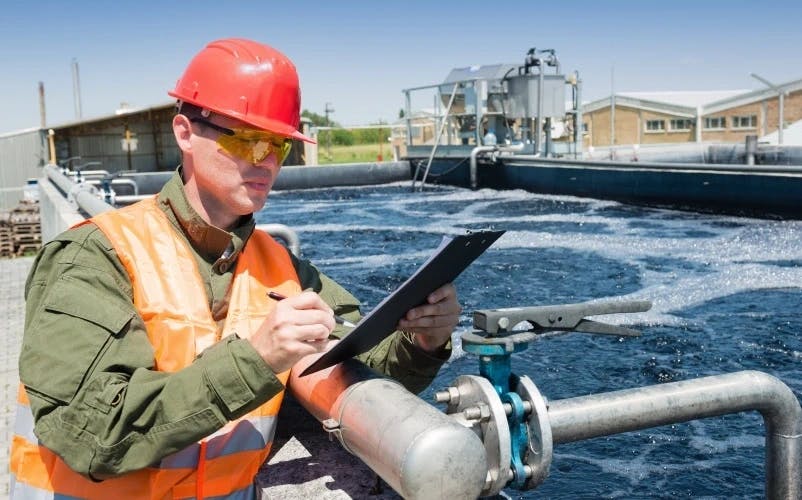Analyzing data to improve water quality
The Challenge
Inefficient legacy systems impacting timely information about water level monitoring

Our client was using legacy systems that lacked the functionality to quickly produce data — information it needed to respond immediately to problems, such as flooding or obstructions in waterways. Each of these use cases relied on expensive manual processes that required staff to comb through hours of CCTV footage or go on routine surveillance trips to scout sites in person.
The Objective
Analyzing data to improve water quality
The company needed a system focused on three specific areas: trash rack monitoring, water level monitoring and wildlife detection.

The Solution
Utilization of Azure Data Factory for automatic retrieval of complex files
HCLTech’s new solution was deployed on Azure’s cloud platform, leveraging Azure Analytics Services for video and image analytics. Its infrastructure uses the Azure Data platform that leveraged Azure Data Lake Gen2 Services, Azure Data Factory, Cognitive Services, Azure and Open source ML Services, Azure DB, App Services and Azure VM B2s. This system uploads the video feed into Azure, which processes the data through AI preprocessing tools. Then, the system employs custom algorithms to monitor each of the three use cases in the following ways:

- Trash rack monitoring: The system analyzes all video feeds to identify the nature and severity of obstruction based on preset business guidelines, such as percentage blocked. These blockages are typically caused by foliage, trash or wildlife. Once identified, the system automatically creates a work order and alerts the appropriate maintenance teams.
- Water level monitoring: The system analyzes video footage to compare measurements from tools placed directly in the water. When these measurements fall beyond preset levels, the system can predict the risk of overflow or flood and generate alerts to maintenance teams. Once notified, these teams can take steps to control the overflow and proactively manage any negative consequences from flooding.
- Elver/worm detection: Elvers are an essential part of Australian biodiversity, and any planned construction or operational changes cannot affect the ecological stability of the region. However, manual analysts often face challenges distinguishing between baby elvers and worms, muddying the required data before a project can start or continue. This system leverages AI to differentiate between species and track changes in animal populations over time. This data can then be used to monitor the environmental impact of operations in real time before the damage is irreversible.
The Impact
Streamlined data collection and enhanced operational efficiency

- Reduced response times, typically to around one minute.
- Overall savings of 33% in the first year, with an expected break-even point in five months. These savings will continue to increase over time after implementation.
- Increased sustainability from more detailed and accurate data for the ecological impact of operations.
- By leveraging tools in the Azure platform, the client can gather data efficiently, allowing them to unlock substantially more value from their license application information in a relatively short timeframe. This has allowed them to reduce the time required to watch videos and head to work sites, often in remote areas, to detect water issues.
- Using Power BI and Synapse Serverless SQL, users now have access to various analytics, enabling teams to derive insights from core data with speed and agility. For instance, when monitoring water levels, a video feed determines whether levels have increased or decreased and then provides alerts through the analytics platform, prompting staff to respond.
- The modern data platform improved the client's experience and helped seamlessly adhere to a complicated range of regulatory reporting requirements without incurring penalties.

